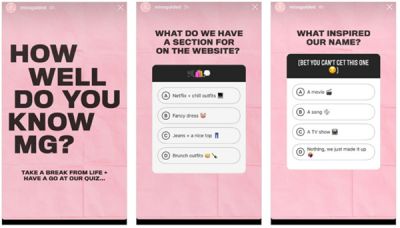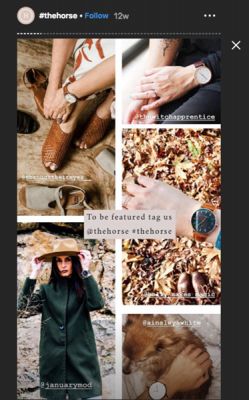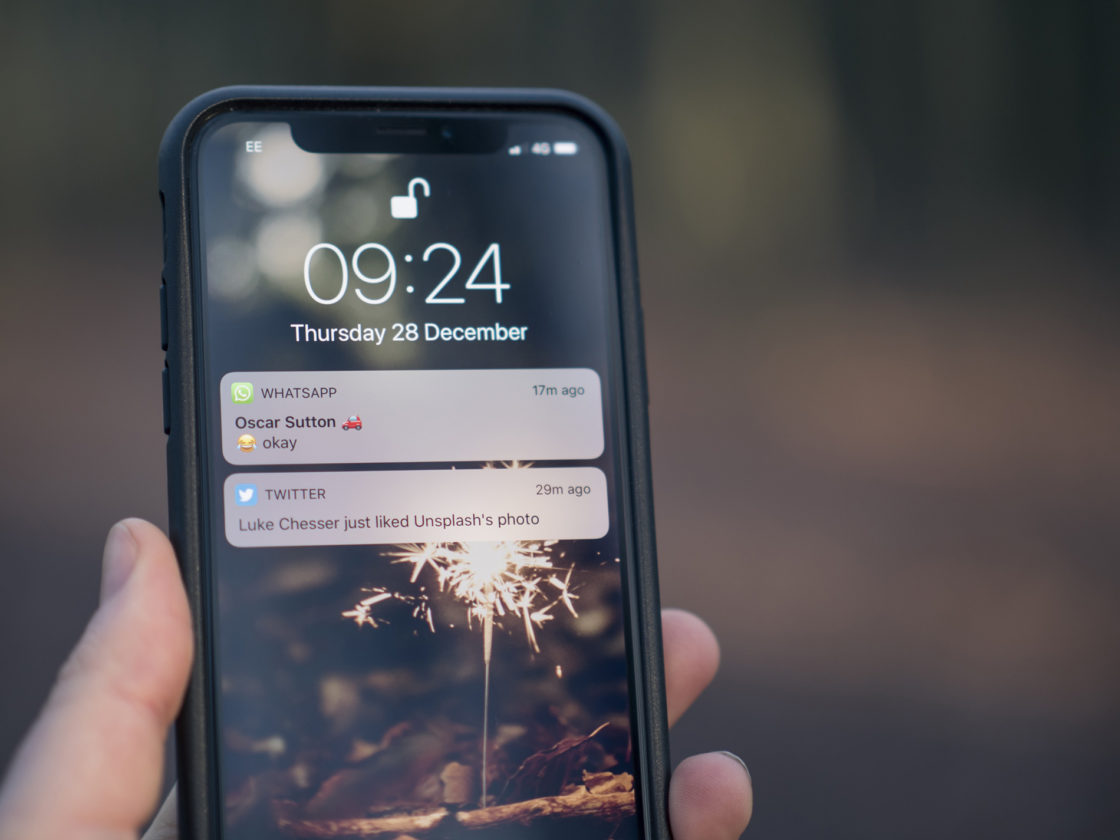Content personalisation to improve customers’ engagement

Today 81% of customers expect brands to get to know them and provide them with personalised content, across all digital platforms, including social media channels, personalised website content or even their Spotify or YouTube premium playlist. Users long for a personalised journey that makes their decision-making process easier and quicker and, especially, intuitive.
However, some brands may find personalisation still challenging. According to Mention, 83% of marketers indicate that implementing it rightly is their biggest challenge. Thanks to personalisation platforms, powered by AI, creating personalised content may not seem so daunting anymore. We have identified a list of 10 crucial tips that will hopefully aid your brand in developing user-personalised content for your social media platforms.
Why is personalisation so important?
Personalisation is critical for your business’s success since online is one of the main ways brands communicate and interact with their customers; if they feel listened to, they will respond accordingly. Stop being irrelevant and outdated. 63% of customers are highly annoyed with the way brands to continue to rely on old-fashioned strategies of repeatedly using generic ad messages.
E-commerce brands need to make sure they provide a more personalised online experience to increase sales and reduce cart abandonment rates. Some companies have reported 122% ROI since creating user-generated content strategies. There are five significant benefits as to why marketers should focus on personalisation in 2020:
- Increase in your brand’s social media engagement
- Boost in lead generation and conversions
- Helps build better consumer relationships and loyalty
- Increase in brand awareness and affinity
- Reduced information overload for the customer
Personalising your social media content: Step by Step.
Now that we have identified some of the benefits as to why marketers should focus on personalisation, let’s look at how brands can create user-personalised content.
Segment your audience
Brands cannot personalise content without understanding who their users are. To start with this, you should create Buyer Personas, a profile of your ideal customer and then compare them with the information gathering from your website and social media channels: demographic, interests, social media activity, browsing and purchase history, to mention a few. Using a platform like Recommend, you will be able to create hyper-segmented content based on this data.
Ask questions
Do you want to know more about your audience? Ask them questions! According to recent research, the average social media quiz gets shared 1,900 times. Instagram stories have recently become a popular way in which brands like Missguided ask their audience questions. In turn, build relationships with their audience. A social media quiz is a great way to engage with your audience. It is also an easy and fast way for marketers to gather pertinent customer information to personalise future social media campaigns.

Read the comments
Another great way to personalise the consumer experience is by actively replying to user comments on social media. It’s also an effective strategy to gather information and sentiment about your products and services.73% of customers fall in love with brands that can provide a friendly and fun customer service experience. For example, SocialPilot is excellent at personalising their customer support on social media using funny GIFs. This form of personalisation genuinely shows when brands care about their customer relationships.
User-generated content
According to Hootsuite, consumers are 2.4 times more likely to view user-generated content as authentic than branded content created by brands. The Horse, a famous jewellery company, is excellent at creating personalised user-generated content on their Instagram stories targeted at users at the right stage in their buyer’s cycle. Try different approaches and measure what type of content generates more engagement to improve your overall content strategy.

Reward your customers
Social listening techniques enable brands to get notified when a user tag them or use a branded hashtag. This is a great way to look out for potential consumers and start a conversation with them. Sometimes brands even send free products to customers, knowing that they will post it on their social media. This action has the potential of going viral and raising brand awareness. The popular hashtag term #gifted tends to receive a lot of attention on social media, and it’s an excellent way for brands to connect with customers on a more personal level.
Video content
According to databox, video content tends to drive 60% more engagement for social media campaigns than images. Platforms like Facebook, Instagram and TikTok know this and are centring their content strategy around it. Recently, Cadbury launched a video campaign online to match the customer with the right Cadbury flavour. Adhering to data privacy laws, the brand collected information about the users such as age, location and interests.
Social media chatbots
Chatbots can help brands provide a personalised experience, especially when it comes to consumers asking questions. The artificial intelligence technology used in chatbots tends to be quite good at answering popular queries. According to Better than sure, chatbots are used by more than 67% of consumers worldwide and are estimated to save brands up to $11 billion in customer service support costs by 2025.
Retargeting
A retargeting campaign is an excellent opportunity for a brand to deliver a personally customised message to the potential customer. You can retarget audiences based on their browsing and purchase history and their interaction with your ads. If you use Recommend, our sophisticated data gathering system will allow you to have a proper segmentation. Thus, to create the right groups for successful retargeting campaigns. For example, if a user has previously visited your website, added a product to the basket but then abandoned the cart, you can track this user, send a retargeting message and encourage it to complete the purchase. According to Spiralytics, retargeting campaigns perform ten times better than regular ads.
Omnichannel approach
Over the years, social media marketing has proven to be an effective part of any digital marketing strategy. However, when brands integrate their social media campaigns with marketing automation or website content, this can boost your overall results. Using a personalised email marketing campaign in conjunction with a social media ad is a great way to retarget existing customers. Social media is a potent tool for any brand with93% of shoppers stating they will make buying decisions based on social media influences.
Track your performance
Recommend provides your brand with real-time statistics and a robust report section that will let your business track and analyse the performance of all your marketing activities. This, combined with analytics and results from your social media channels, can provide your brand with an in-depth understanding of your audience. Most importantly, the impact of your customers’ actions and the results of your personalisation efforts.


